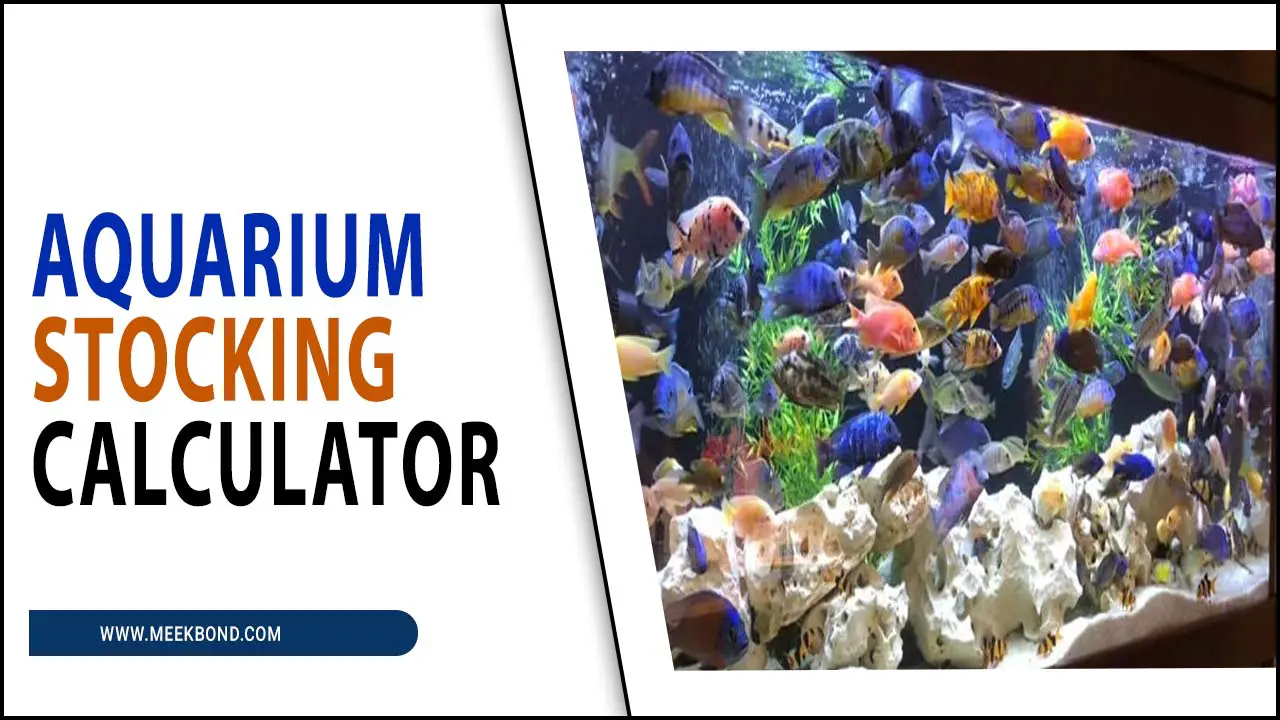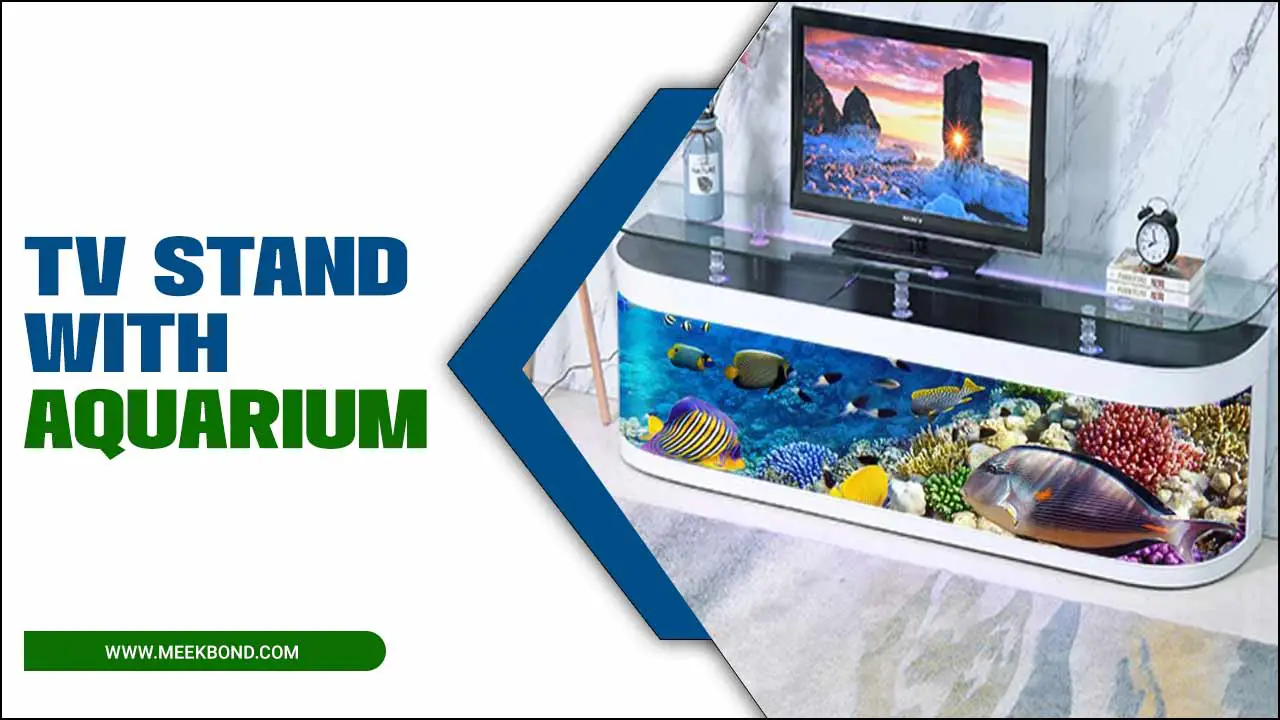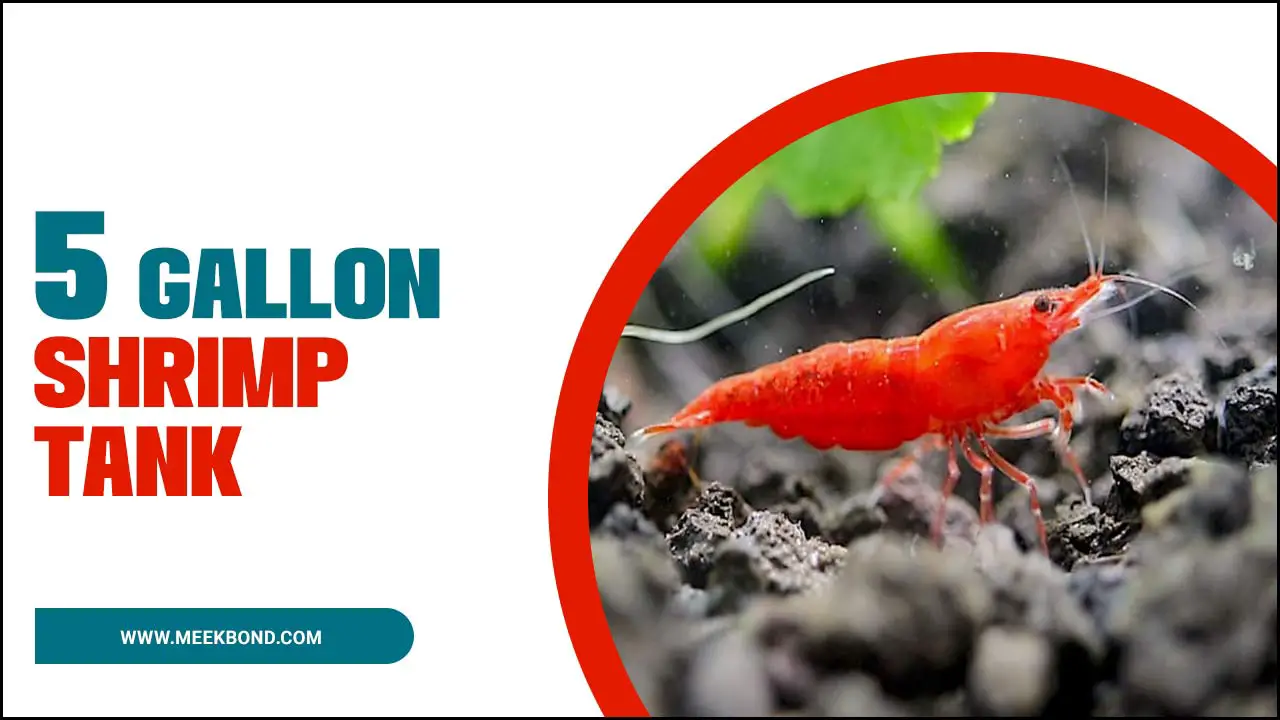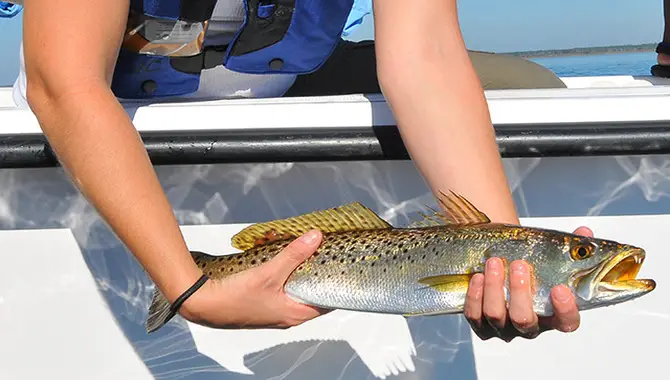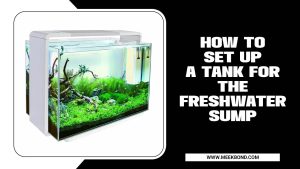Welcome to fish keeping. It can be a joyous experience, watching your fish thrive and grow, or it can be a nightmare as they gradually disappear. No matter what the reason, it’s important to have a basic understanding of why your fish are dying.
In this article, we’ll discuss the 12 most common causes of fish death and provide you with tips on how to prevent them from happening in the first place. Stay safe and keep your fish healthy.
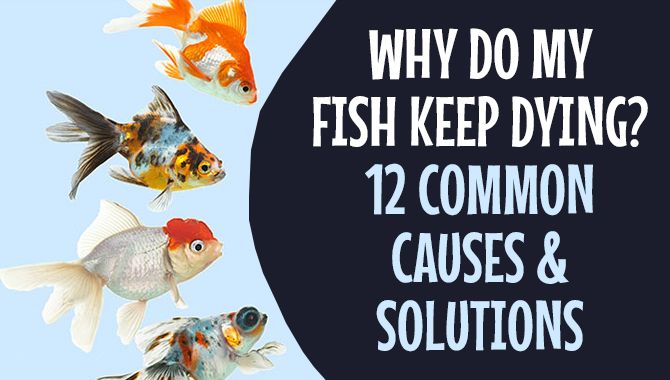
New Tank Syndrome [Why Do My Fish Keep Dying]
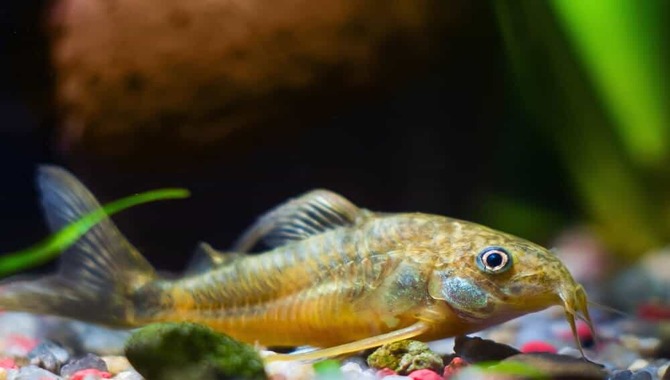
Fishkeeping can be a rewarding hobby, but it can also be a challenging experience. One common problem that new fish owners face is known as Tank Syndrome.
This condition is caused by new fish being introduced slowly to their new tank and other factors like crowded tanks, low oxygen levels, and high water temperatures. Solutions to combating this syndrome include:
- Adding more live plants or filter material.
- Providing elevated areas for the fish.
- Changing the water regularly.
If these measures don’t work, it may be time to euthanize your fish to avoid further stressing them. Fish keeping can be a challenging experience, but with the right information and tips, it can be an enjoyable and rewarding hobby.
Quick Fix
To keep fish healthy and happy, keeping a few key things in mind is important. Here are five quick fixes that can help you with the care of your fish:
- Overcrowding – adding more fish than your tank can handle will only lead to overcrowding, stress, and poor water quality.
- Improper water quality – adding chlorine, excess salt, or other pollutants will damage the filter media and algae buildup, creating an unhealthy environment for your fish.
3 Feeding the wrong food – not enough protein, too much sugar, etc. will cause problems such as gastrointestinal issues or even malnutrition in some cases.
4 Improper temperature – using a filter that doesn’t remove enough debris, using an oversized filter won’t provide adequate oxygen levels, which could kill fish outright.
Choosing The Wrong Tank Size
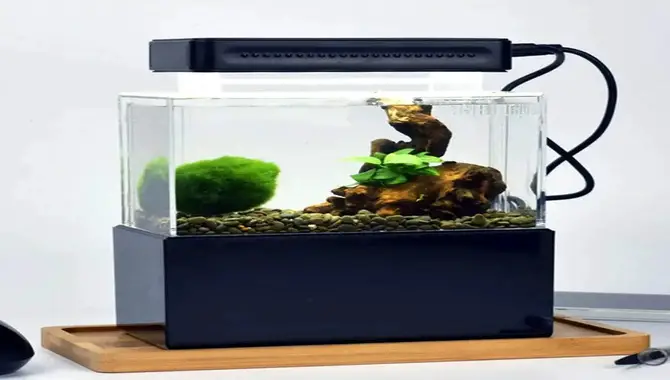
Fish keeping can be a fun and rewarding hobby, but it’s not without its challenges. One of the most common ones is choosing the wrong tank size for your fish.
Many buy fish based on size, but this isn’t always accurate. Fish need a minimum of 1 gallon per fish, so consider this when choosing a tank. Plus, provide them with plenty of hiding places and bubbling water – these will keep them healthy and happy.
Quick Fix Wrong Tank Size
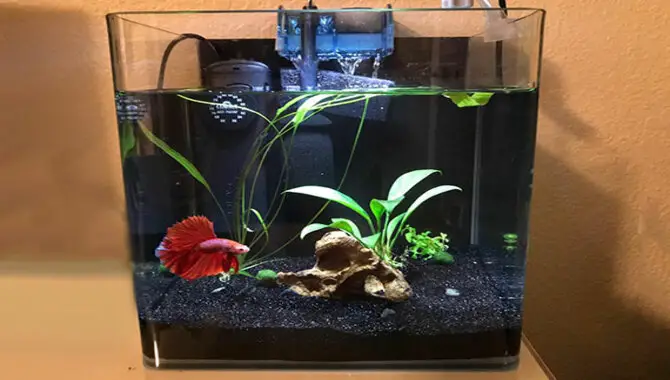
Fish problems can often be attributed to the wrong tank size. If your fish cannot swim and play freely, it’s likely because its tank is too small.
Similarly, if the water in the tank becomes murky or foul-tasting, the water quality is not up to par. To ensure a healthy and happy fish, it is important to get a tank that matches the size of your pet fish correctly.
– resulting in an aquarium that either doesn’t fit at all or falls short of suitable space for even one fish! It’s also important to keep an eye on water conditions and change it as needed
– this way, you’ll ensure nothing harmful gets into your pet fish’s habitat (like bacteria). And finally: don’t forget regular feedings.
Unsuccessful Transfers
Do fish keep dying? It’s not an uncommon problem and can be frustrating for fish owners. Unsuccessful transfers are the number one cause of fish deaths, and it’s important to know how to avoid them. Fish can suffer from several reasons, some of which are as follows:
– Failed transfers: This is the most common cause of fish deaths, and it usually results from incorrect water levels, water temperature differences, or air bubbles in the tank.
– Lack of swimming: If your fish isn’t swimming in the new tank properly, it will struggle to survive.
– Wrong water conditions: fish can die if the water is too hard or too soft, has contaminants, or is too warm or too cold.
– Inadequate filtration: fish can die if the water is dirty or has no filter.
– Misplaced equipment: fish can die if the water filter, heater, or filter cartridge is misplaced.
Quick Fix Transfers
Quick fix transfers can be a great way to get new fish into your tank without the hassle of moving them in and out. However, ensure the water is fresh and clean before adding any fish – using a filter if necessary.
If you’re getting new fish, try to get different types that may be better suited for the tank they’re going into.
And finally, keep an eye on all conditions – temperature (warmth/coolness), humidity levels (too high or low), and lighting conditions (sufficient intensity). A well-managed aquarium will thrive with quick-fix transfers.
Overcrowding
Fish keeping can be a fun and rewarding hobby, but it’s not without its challenges. One of the most common reasons fish die is due to overcrowding.
When there’s too much vegetation or other aquatic life in a tank, it can cause stress for your fish. Constant water changing and adding new fish will only worsen the problem.
If you’re struggling to keep your fish healthy and alive, try to place them into larger tanks. This will give them more space to breathe and live in peace.
Quick Fix Overcrowding
There are many causes of fish overcrowding, but the most common is when owners keep fish in tanks that are either too small or too large for them. When tank size becomes an issue, it’s important to separate fish into different tanks.
This will help with water changes, feeding, and aquarium maintenance without affecting the overall environment of the tank.
Another way to avoid fish overcrowding is using plant material to create hiding places and elevated areas in the tank. This will provide your fish with plenty of places to swim and feel comfortable – preventing them from getting stressed out or crowded.
If you have a filter, make sure it’s switched off during water changes so that they don’t get trapped inside the filter media.
Excessive Water Changes
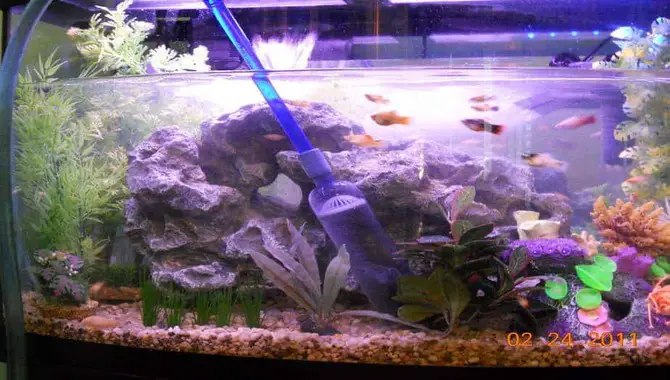
It can be frustrating when your fish keep dying, but it’s not always their fault. Follow these simple tips to keep them safe and healthy:
– Make sure you’re providing the right water changes
– fish need at least 2-3 water changes per week, depending on their size.
– Feed your fish the right food
– Foods like flakes and pellets should be given in small quantities, and fish food should never be the only food source in the tank. – Overcrowding is not healthy for fish – keep fish in tanks of the appropriate size.
Keep aquarium conditions clean – clean the tank every week and add aquarium water conditioners to keep fish healthy.
Water Quality & Unstable Water Parameters

Fish die for various reasons, but water quality is one of the main culprits. Poor water quality can cause fish to develop diseases, die from starvation, or even suffocate from the fish tank becoming too full of water.
To keep your fish healthy and alive, make sure to maintain water quality by following these simple guidelines:
– Make sure your water conditioner is working properly.
– Add fresh water to the tank each day to keep the water tank at the right pH and water quality.
– If you’re using a saltwater aquarium, add fresh ocean water every week or two to keep the water in the right conditions.
– Other causes of fish death include natural disasters such as hurricanes and floods, disease, overfeeding/over-breeding, and inactivity.
Sudden Changes In Water Temperature
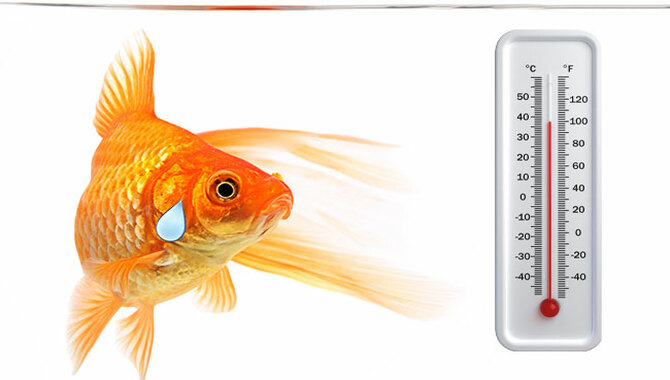
Fish die suddenly for many reasons, some of which are easy to prevent. Ensure the tank you’re using is suitable for the fish you’re buying and don’t over-fill it. If water quality is poor, fish will start to die off.
Check the water temperature regularly and make any necessary adjustments. Keep in mind that fish die from stress and poor water quality, so keep a good diet and change out fish often if they start to die.
If you’re still experiencing fish die-offs, it might be time to take your fish to the vet or fish store for a proper diagnosis.
Overfeeding

As fish owners, it’s important to be aware of the signs that your fish are in trouble. One of the most common reasons fish die is due to overfeeding. Make sure you feed your fish a reasonable amount each day and have plenty of fresh water.
If your tank’s temperature or humidity levels are off, it could be affecting their health. If you still notice any problems, take your fish to a veterinarian for a proper diagnosis and treatment.
Not Cleaning The Tank Enough
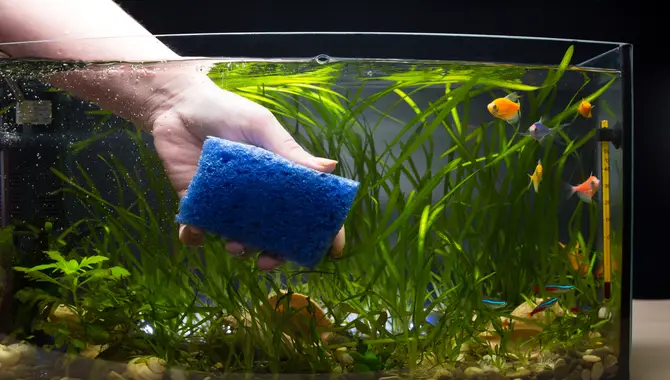
Fish are a vital part of any aquarium, and keeping them healthy and clean is important. Fish die for various reasons, most of which can be prevented by following a few simple tips.
Ensure the tank is cleaned regularly, and keep an eye out for the following common causes of fish death: lack of oxygen, nitrates and ammonia buildup, and poor filtration. If these problems persist, consult a veterinarian or pet store specialist for help.
Quick Fix Cleaning The Tank Enough
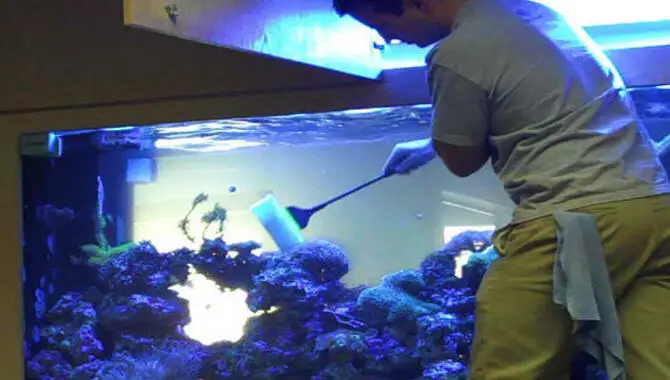
One of the most common reasons fish die in fish tanks is overfeeding. By overfeeding your fish, you give them too much food, and they eventually end up getting sick or dead.
A quick fix for this problem is cleaning the tank weekly using a filtered aquarium water change kit. This will help to keep your fish healthy and parasite-free. If these solutions don’t work, it might be time to take your pet fish to a pet store for help.
Deep-Cleaning A Tank

Fish tanks are a vital part of any aquarium and should be kept clean and healthy. Fish tank maintenance is crucial for the health of the fish and the aquarium.
Ensure the water quality is good by testing the water weekly and ensuring low ammonia and nitrite levels.
Fish tank water should be changed at least once a month, depending on the fish and aquarium size.
Check for bacteria, algae, or moss buildup and remove any fish or plants that are not healthy. Finally, regular water changes will keep the tank clean and healthy.
Diseases, Fungal Infections, And Bacterial Infections
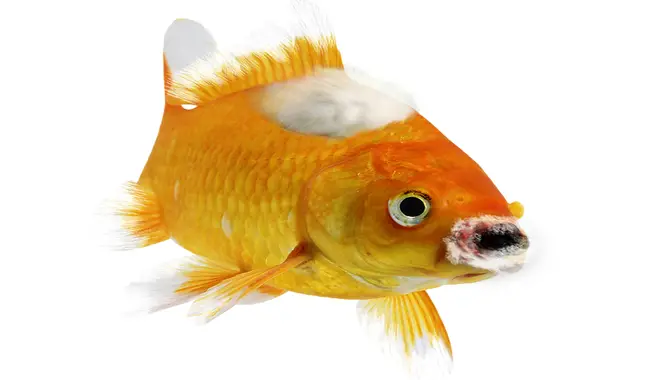
When it comes to fish keeping, it’s important to keep an eye on water quality, avoid overfeeding them, remove debris regularly, and keep new arrivals quarantined until they’re sure they won’t cause harm.
Fish die from three main causes – seagrass, algae, and bacteria. Seagrass is a type of seaweed that the fish ingest and mistake for food. Algae blooms are caused by too much light or salt in the water, both of which can kill your fish.
Bacterial infections often occur when foreign objects like hairline cracks get into the tank with the fish. To prevent these issues from happening, keep an eye on water quality, avoid overfeeding your fish, remove debris regularly, and quarantine new arrivals until they’re sure they won’t cause harm to your current residents.
Stress
Fish are delicate animals and are often stressed due to environmental changes or changes in their water source. This can lead to various fish problems, from fish die-offs to fish tank stresses.
To keep your fish healthy and stress-free, ensure you understand the common causes and solutions to fish die-offs. Fish die-offs can result from various factors, including water temperature, pH levels, carbon dioxide levels, and improper water temperature.
To prevent fish tank stresses, ensure you have the right tank size for your fish and provide them with an environment that feels secure and comfortable.
Additionally, they have plenty of plants and rocks to swim around on. Finally, keep a close eye on water parameters and ensure they stay within the recommended range.
Conclusion
Fish keeping can be a fun and exciting hobby, but it can also be frustrating when fish keep dying. If you’re having problems with your fish, check out the blog’s list of common causes and solutions. This will help you to troubleshoot the issue and get your fish back healthy and happy.
Frequently Asked Questions
What Are The Most Common Causes Of Fish Mortality In A Home Aquarium?
The most common causes of fish mortality in a home aquarium are:
– Lack of clean water
– Make sure to keep your aquarium clean and free from debris. Change the water weekly if necessary.
– Improper temperature control
– should keet A fish tank at 18 degrees Celsius (64 degrees Fahrenheit).
– Lack of proper food and nutrition
– Feed your fish regularly and ensure they are eating the right type of food.
– Infections
– Keep your fish healthy by using antibiotics when needed, avoiding overcrowding, and providing fresh air and sunlight.
What Should I Do If My Fish Swims Around With Parasites Or Diseases?
If you notice that your fish is swimming around in a disoriented manner, has blotchy or blackened scales, or appears in distress, it may be symptomatic of parasitic or disease infection.
To treat your fish for parasites or diseases, you will need to consult with a veterinarian who can prescribe the appropriate medication.
Many cases can correct fish health problems with proper water adjustments and quarantine periods. So keep an eye out for warning signs and take appropriate action as soon as possible to keep your fish healthy.
Can Salt Water Kill My Fish?
Yes, salt water can kill fish. The main reason saltwater kills fish is that it lowers the pH level of the water, making it more acidic.
Acids are what fish use to digest food, and they can’t do that in high concentrations. Another common cause of death for fish is when they get tangled up in fishing lines or netting.
What Should I Do If I See Any Illness Or Infection In My Fish?
If you observe any signs of illness or infection in your fish, it’s best to take them to a vet or aquarium store for further inspection.
Freshwater fish diseases can be caused by many things, like water changes, filtration, tank temperature control, and using artificial light during nighttime hours.
However, the most common causes of these illnesses are water chemistry imbalances (high nitrate levels), poor water conditions (such as gravel buildup), and fish over populations.
Therefore, if you’re ever worried about your fish’s health, always keep an eye out for changes in coloration, breathing difficulties, or abnormal swimming patterns. If you notice these signs, it’s best to take your fish to a vet for a proper diagnosis.
How Can I Treat Sick Or Injured Fish Without Taking Them Out Of The Water?
If you are seeing symptoms like dry eyes, sunken flesh, red patches on their skin, and bleeding gills on fish in your aquarium, it might be time to take them out of the water and put them in freshwater.
Adjust aquarium water to a higher or lower pH level to provide the best environment for your fish. If the water pH levels in your tank are off, you can adjust them using ph up or ph down solutions.
There are also various medications you can give your fish orally if they show any signs of illness, like gasping for air or loss of appetite.

Aquarium passion is all about connecting with the aquatic life and providing education to the public on the importance of these creatures. We showcase a wide variety of marine life through our exhibits as well as working with schools to provide unique learning opportunities for students of all ages.

